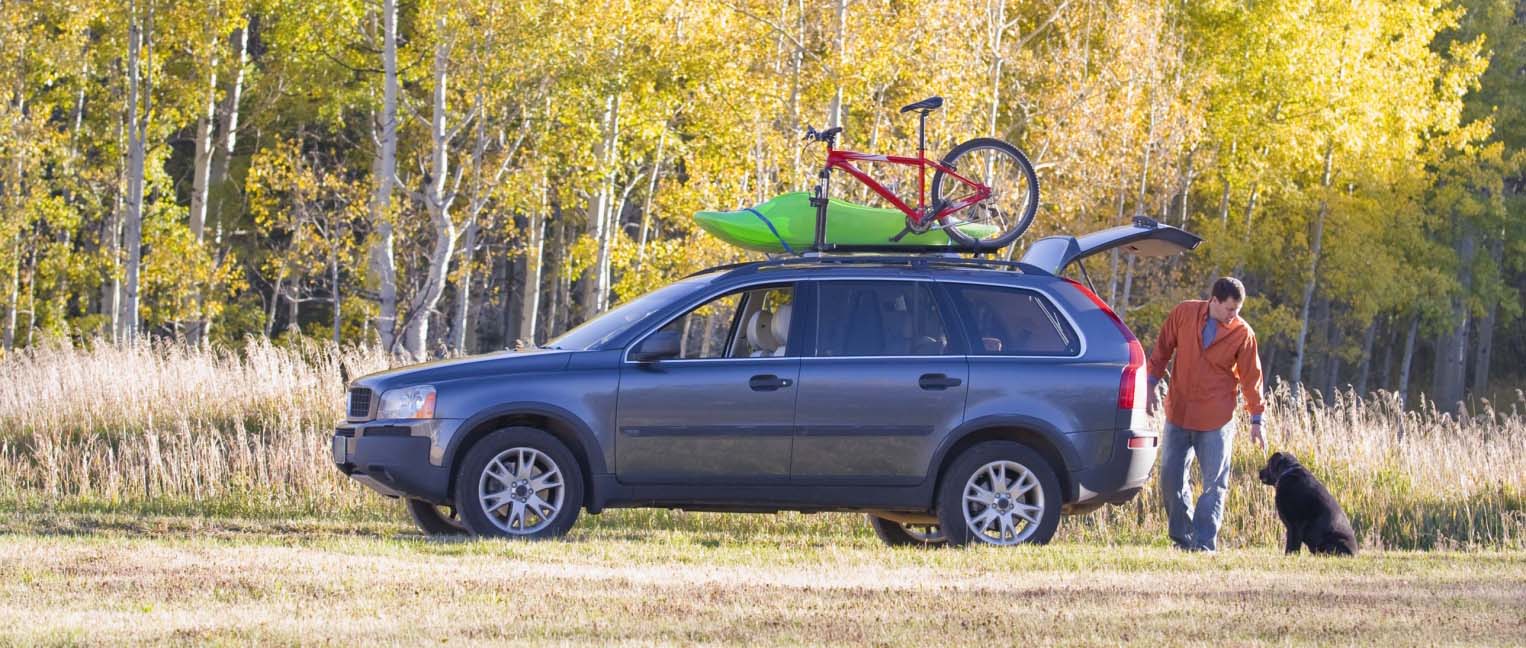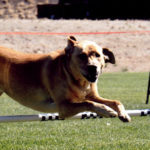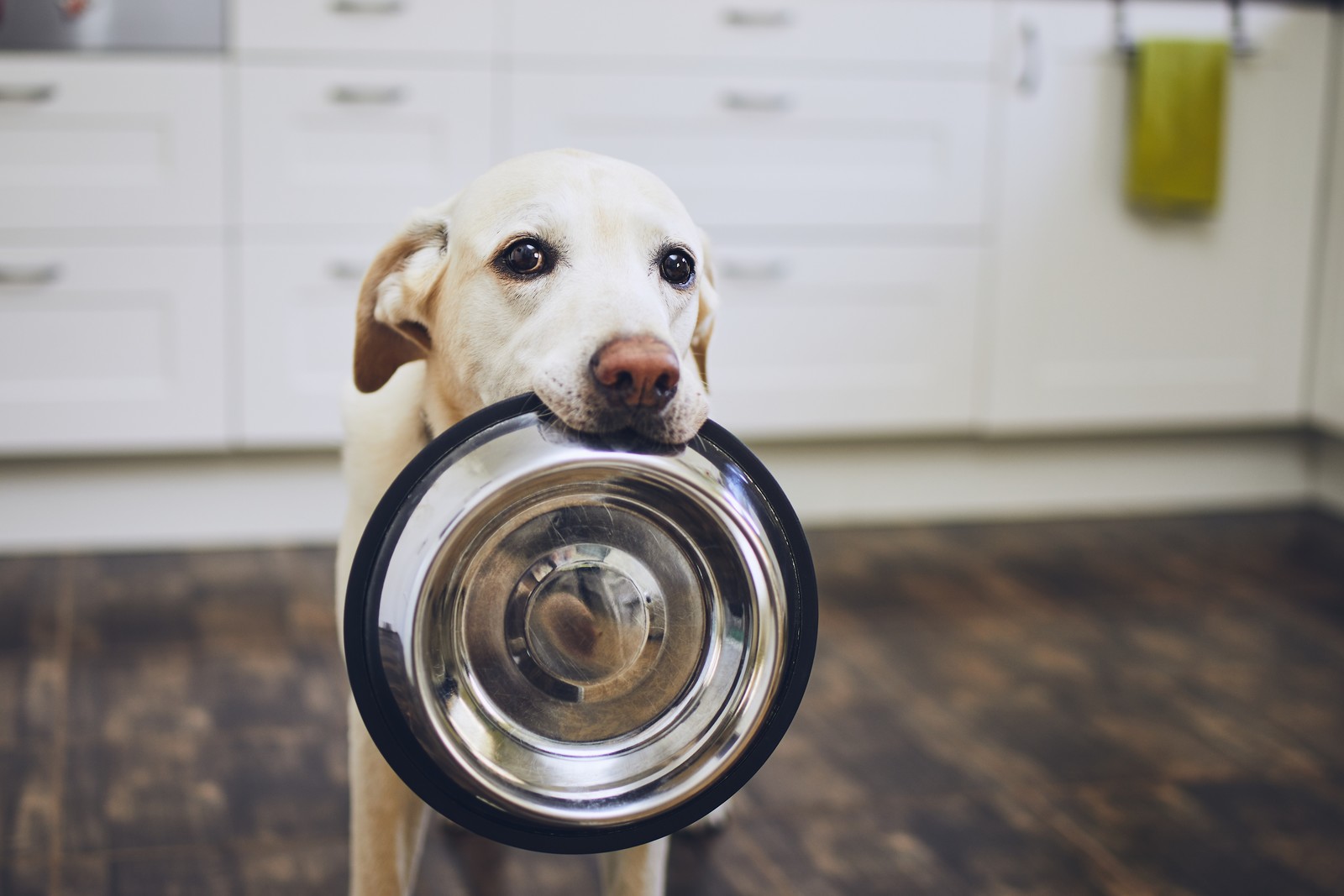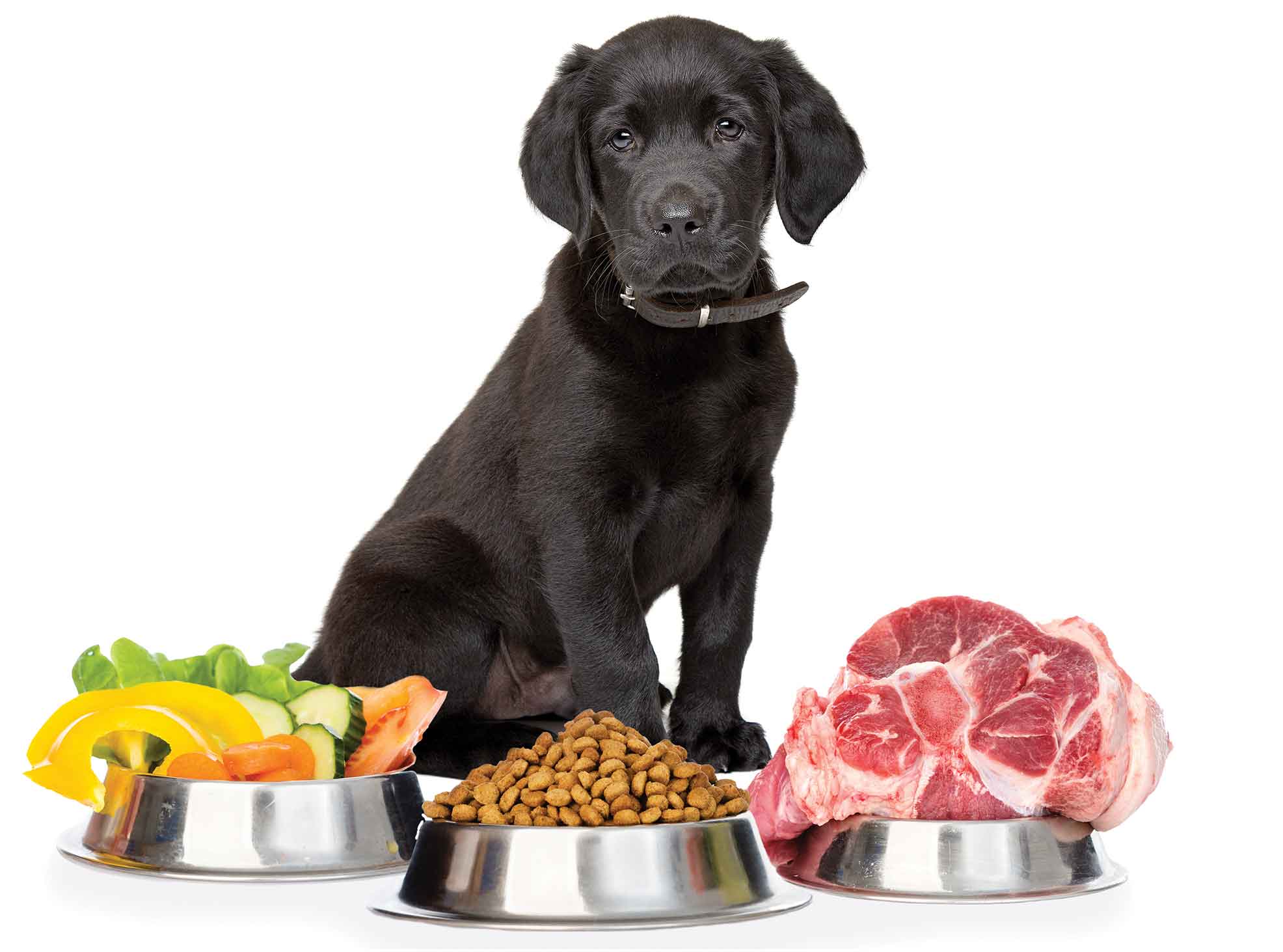Amy Goodman, a nationally recognized travel expert, has experience with Labs, and she shared with us a few tips for traveling with your dog if you’re embarking on a road trip this summer.
1. Bring a little slice of home.
“Keeping a bed cushion in the car with you is really nice,“ says Amy. “If you‘re planning to stay overnight in an accommodation, using what [your dog is] used to is great. If it‘s usually an open bed, a crate, etc., that‘s fine.” You can bring along your bowls from home so that they are really familiar for your Lab, or you can consider a collapsible bowl to save space.
2. Don’t change eating habits.
“You don‘t want to change their eating habits and patterns just because you‘re changing their environment,“ explains Amy. Make sure that for rest stops and for all stops in between that you have toys, proper treats, and food. Staying hydrated is also very important. “Every time you‘re hydrating, make sure your dog is, too.“ But be prepared to have water available at all times. “Have separate half-gallon jugs of water with you, not relying on your destination location to have that available,“ explains Amy. Water is particularly important to give to your dog as the weather heats up.
3. Don’t forget the essential items.
Bring the leash, dog tags, an extra set of proof of vaccinations in case of an emergency situation. If your Lab is microchipped, bring that information along, too. Grooming supplies and brushes are also a must. “These are key for that double coat,“ says Amy. “Continually work that coat to keep its luster, keep [the dog] cool, and reduce the amount of fur shedding in a confined space.“ In addition, bring along a couple of old towels. “As a former yellow Lab owner, I know that it takes about two towels to make sure you dry up your dog [after it jumps into a pond/river/lake] and clean the muddy paws.“
4. Know the signs of motion sickness.
“There are eleven million dogs who suffer from motion sickness. That‘s one in five,“ says Amy. “Signs can range from drooling to excessive lip-licking to pacing. And of course, vomiting. You never really want it to get to that stage.“ Even if you‘ve traveled with your Lab before, you could have misread the signs so be alert. If you suspect your Lab has motion sickness, Amy recommends speaking with your veterinarian about the first and only FDA prescription medication for canine motion sickness, Cerenia.
5. Take breaks.
“You have that special bond with your dog, you‘re attuned, so listen and pay attention,“ says Amy. “Your dog will let you know that it‘s time to take a break.“ Make sure to take these breaks in a safe area or rest stop. More and more rest areas are becoming canine-friendly, with water readily available and safe walking paths in place.







